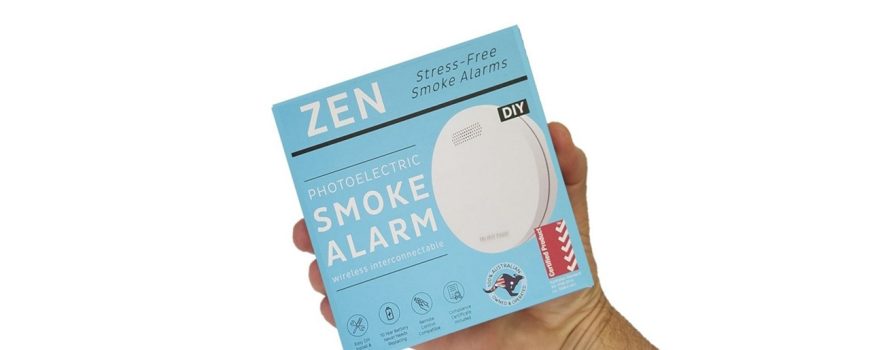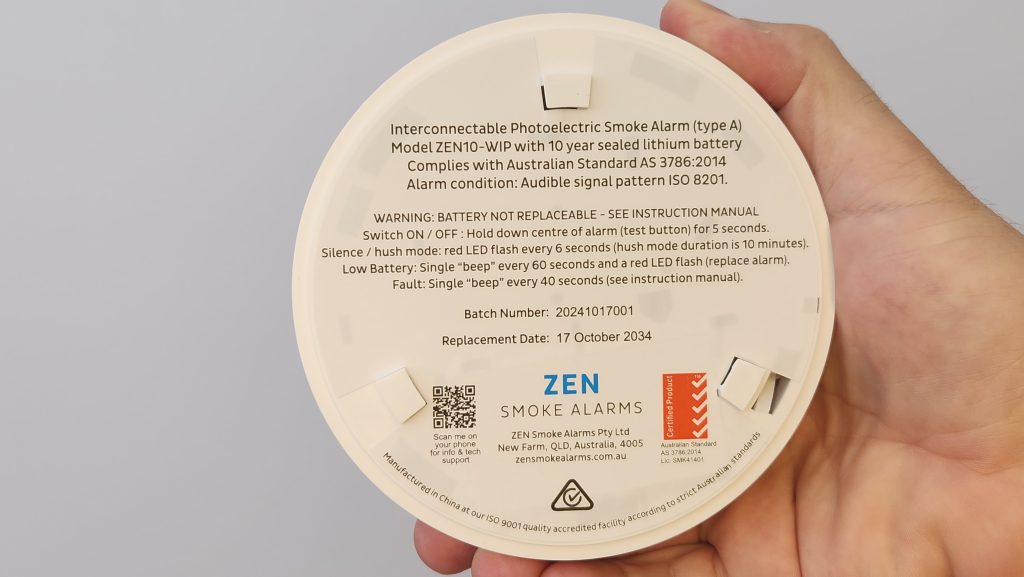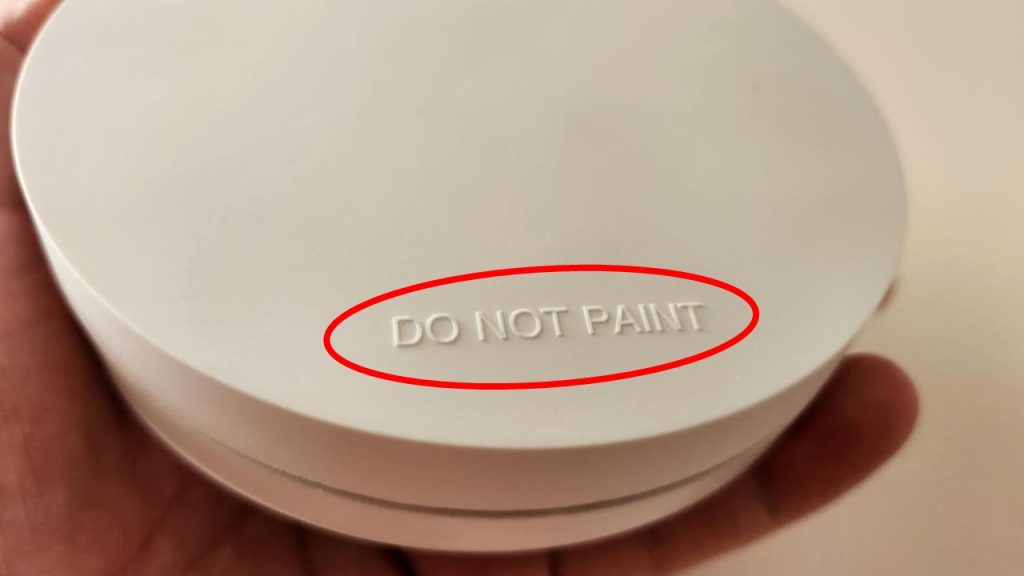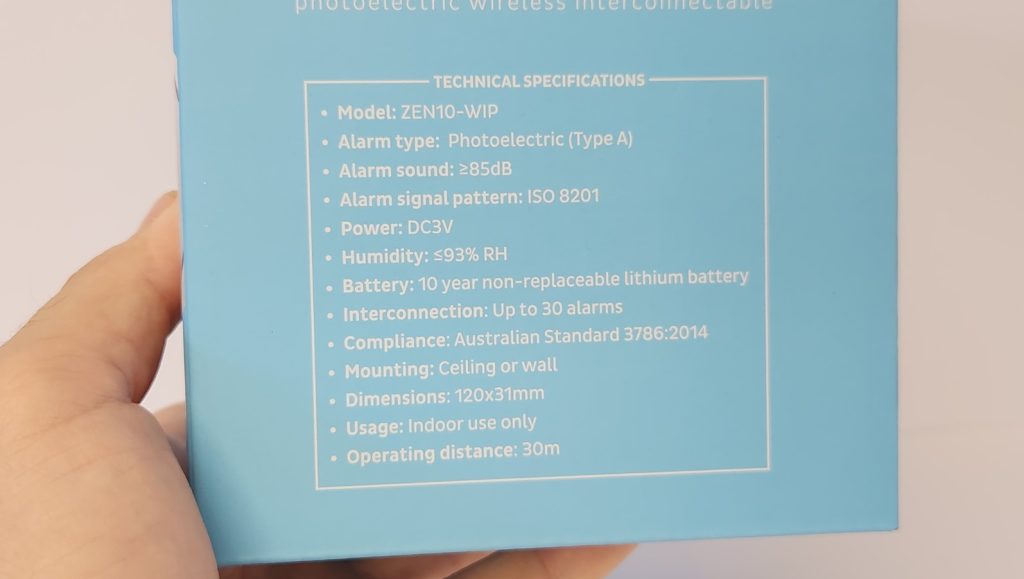Interconnected Smoke Detectors
And Australian Standard 3786:2014
Before buying interconnected smoke detectors you should do your due diligence to ensure it is compliant to Australian Standard 3786:2014. The full name of the standard which encompasses smoke alarms in Australia is ‘Australian Standard 3786:2014 Smoke alarms using scattered light, transmitted light or ionization’ (incorporating amendment 1 and 2). This article will review Australian Standard 3786:2014 to assist your purchasing decision.
Standards are documents that set out specifications, procedures and guidelines to ensure products are safe, consistent, and reliable. Australian Standard 3786:2014 is referenced by QLD’s Building Fire Safety Regulations 2008 – when a standard is referenced by state or national legislation, compliance with it becomes mandatory. It is interesting to note that although there is a newer Australian Standard 3786:2023 – it is not yet referenced by legislation – therefore Australian Standard 3786:2014 must still be complied with in the eyes of the law.
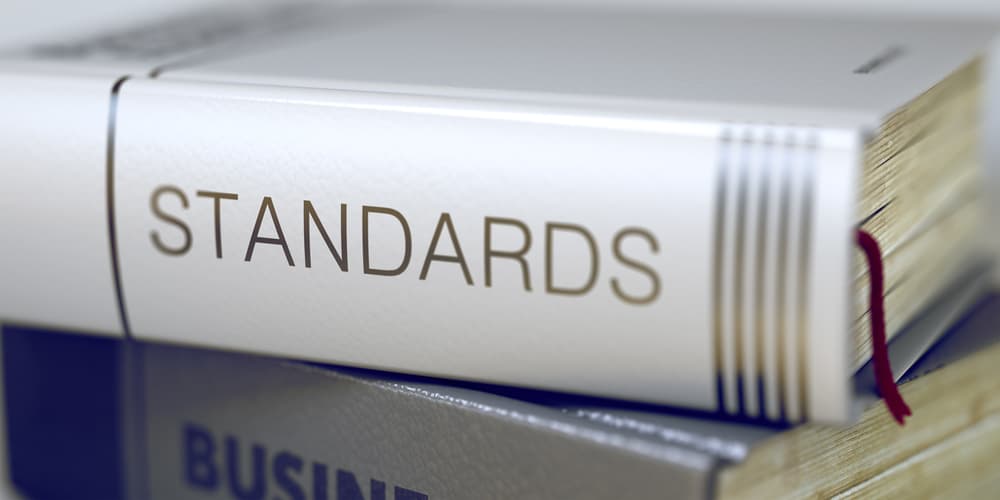
Interconnected smoke detectors and Australian Standard 3786:2014
Australian Standard 3786:2014 is divided into several key components – the area of interest that will be reviewed today is section 4.17 – ‘general requirements’.
Section 4.17 of the Australian Standard states that; ‘The smoke alarm shall be so designed that a sphere of diameter larger than 1.3 ±0.05 mm cannot pass into the sensor chamber(s)’. This requirement is intended to restrict the access of foreign bodies such as insects into the sensitive parts of the smoke alarm (to prevent nuisance alarms).
It is known that this requirement is not sufficient to prevent the access of all insects; however, it is considered that extreme restrictions on the size of the access holes may introduce the danger of clogging by dust, which could compromise the alarm’s functionality. Therefore, manufacturers must strike a balance between preventing false alarms caused by insects and ensuring the smoke alarm remains effective by allowing airflow for proper smoke detection. This balance is key for maintaining the reliability and performance of interconnected smoke detectors in real-world conditions.
Interconnected Smoke Detectors – Mesh Screen
How does this requirement translate into the design and manufacture of photoelectric interconnected smoke detectors? The image below shows the compliant internal component from one of our ZEN wireless interconnected smoke detectors. The polymer mesh surrounding the sensitive photoelectric chamber within the alarm contains thousands of tiny holes, each perfectly engineered, no larger than 1.3mm in diameter. The tiny holes prevent insects from accessing the internal chamber whilst still allowing air (and smoke) to pass through.
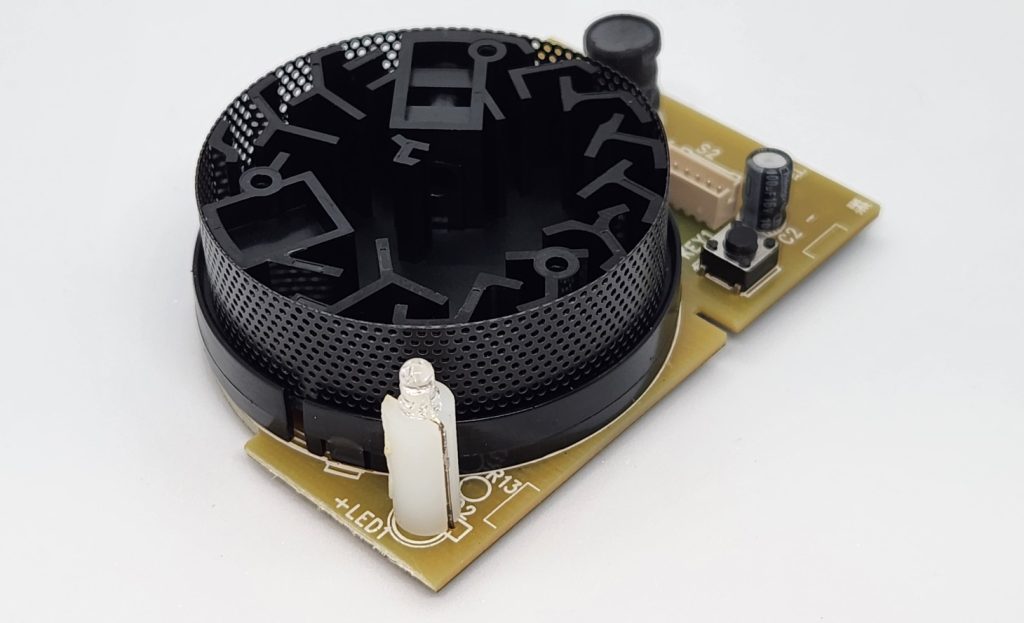
Mesh screen surrounding the photoelectric smoke alarm internal sensor chamber

As per Australian Standard 3786:2014 – holes are no larger than 1.3mm diameter
In addition to this internal mesh screen around the perimeter of the photoelectric chamber, ZEN wireless photoelectric interconnected smoke detectors also have an external housing that forms part of the smoke alarm itself. This external housing acts as a crucial barrier, preventing larger foreign bodies from entering the alarm. Foreign bodies such as insects and small house geckos are a leading cause of false alarms, as they can interfere with the sensitive photoelectric light beam, triggering unnecessary alerts.
By incorporating both an internal mesh screen and an external housing, ZEN Smoke Alarms are designed to minimize false alarms while maintaining optimal smoke detection performance. This level of attention to detail reflects our commitment to quality and compliance with Australian Standard 3786:2014.
Many retailers may claim their smoke alarms meet the standard, but few have truly studied it in depth. At ZEN Smoke Alarms, we don’t just sell interconnected smoke detectors—we are industry experts who ensure every product is rigorously tested and fully compliant. Choose ZEN for reliable, high-quality protection you can trust.
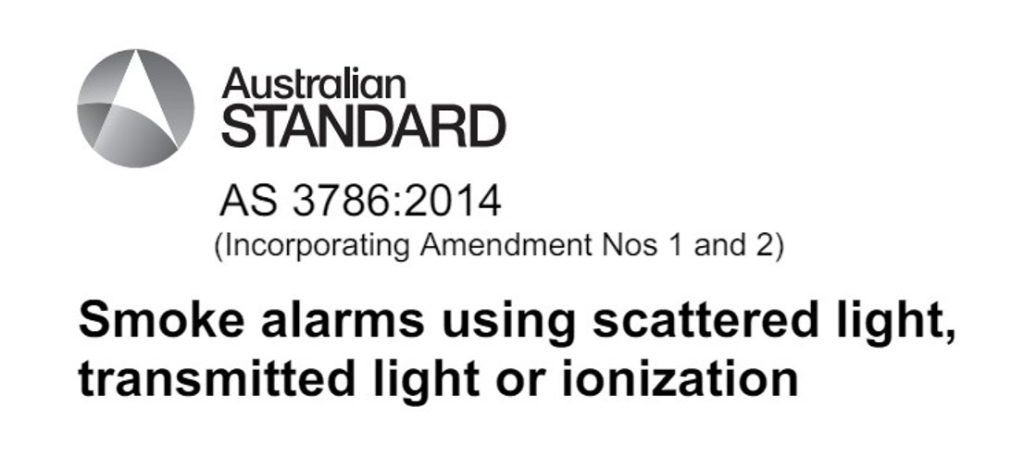

Want to know more? Watch our ZEN Smoke Alarm YouTube channel or call us on 0478 596 402 today
We love talking smoke alarms!
ZEN Interconnected Smoke Alarms
New Farm, QLD, 4005


